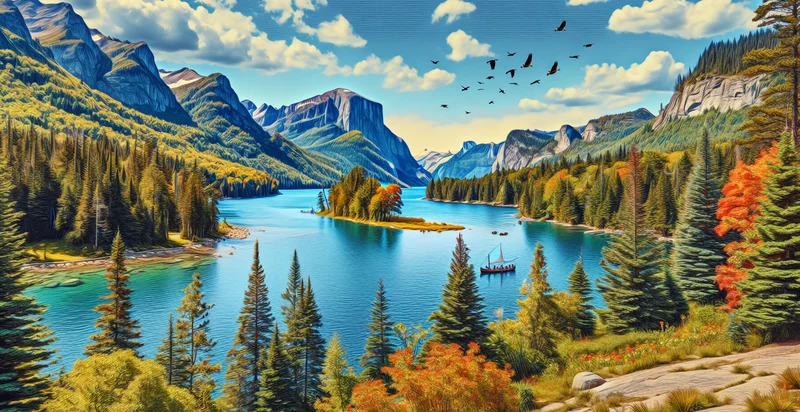Identify vitreous state
using AI
Below is a free classifier to identify vitreous state. Just upload your image, and our AI will predict what vitreous state it represents - in just seconds.

Contact us for API access
Or, use Nyckel to build highly-accurate custom classifiers in just minutes. No PhD required.
Get started
import nyckel
credentials = nyckel.Credentials("YOUR_CLIENT_ID", "YOUR_CLIENT_SECRET")
nyckel.invoke("vitreous-state", "your_image_url", credentials)
fetch('https://www.nyckel.com/v1/functions/vitreous-state/invoke', {
method: 'POST',
headers: {
'Authorization': 'Bearer ' + 'YOUR_BEARER_TOKEN',
'Content-Type': 'application/json',
},
body: JSON.stringify(
{"data": "your_image_url"}
)
})
.then(response => response.json())
.then(data => console.log(data));
curl -X POST \
-H "Content-Type: application/json" \
-H "Authorization: Bearer YOUR_BEARER_TOKEN" \
-d '{"data": "your_image_url"}' \
https://www.nyckel.com/v1/functions/vitreous-state/invoke
How this classifier works
To start, upload your image. Our AI tool will then predict what vitreous state it represents.
This pretrained image model uses a Nyckel-created dataset and has 17 labels, including Amorphous, Bounded, Bubbly, Clear, Cloudy, Crystalline, Detached, Fibrous, Fluid and Gelatinous.
We'll also show a confidence score (the higher the number, the more confident the AI model is around what vitreous state it represents).
Whether you're just curious or building vitreous state detection into your application, we hope our classifier proves helpful.
Related Classifiers
Need to identify vitreous state at scale?
Get API or Zapier access to this classifier for free. It's perfect for:
- Quality Control in Manufacturing: This use case involves the implementation of the 'vitreous state' identifier in manufacturing processes where glass or ceramic products are produced. The function can help classify products by detecting defects or inconsistencies in the vitreous surface, ensuring only high-quality goods make it to market.
- Art Restoration Evaluation: Art conservators can utilize the 'vitreous state' identifier to classify the condition of ceramic and glass artworks. By identifying the vitreous state, professionals can determine the appropriate restoration techniques needed for preserving the artwork's integrity and authenticity.
- Agriculture Product Assessment: In agriculture, the function can be applied to classify the quality of produce, particularly those processed into glass-like products such as juices or jellies. By assessing the 'vitreous state,' suppliers can ensure that their products meet quality standards before reaching consumers.
- Geological Sample Analysis: Geologists can apply the 'vitreous state' identifier to classify mineral samples during research. The function allows for better analysis of igneous and sedimentary rocks that exhibit vitreous characteristics, improving the understanding of mineral composition and geological processes.
- Pharmaceuticals Quality Assurance: In the pharmaceutical industry, the 'vitreous state' identifier can assist in the quality assurance of glass vials or containers used for storing medication. By classifying the quality of the glass, businesses can ensure the stability and safety of their products, reducing the risk of contamination.
- Recycling and Material Classification: Recycling facilities can leverage the function to classify the quality of glass materials collected for recycling. By identifying vitreous states, operators can separate high-quality glass from contaminants, enhancing the efficiency and effectiveness of the recycling process.
- E-commerce Product Verification: Online retailers can integrate the 'vitreous state' identifier to enhance product verification systems for glass and ceramic items sold on their platforms. By accurately classifying products based on their vitreous characteristics, retailers can improve description accuracy, reduce returns, and build customer trust.


